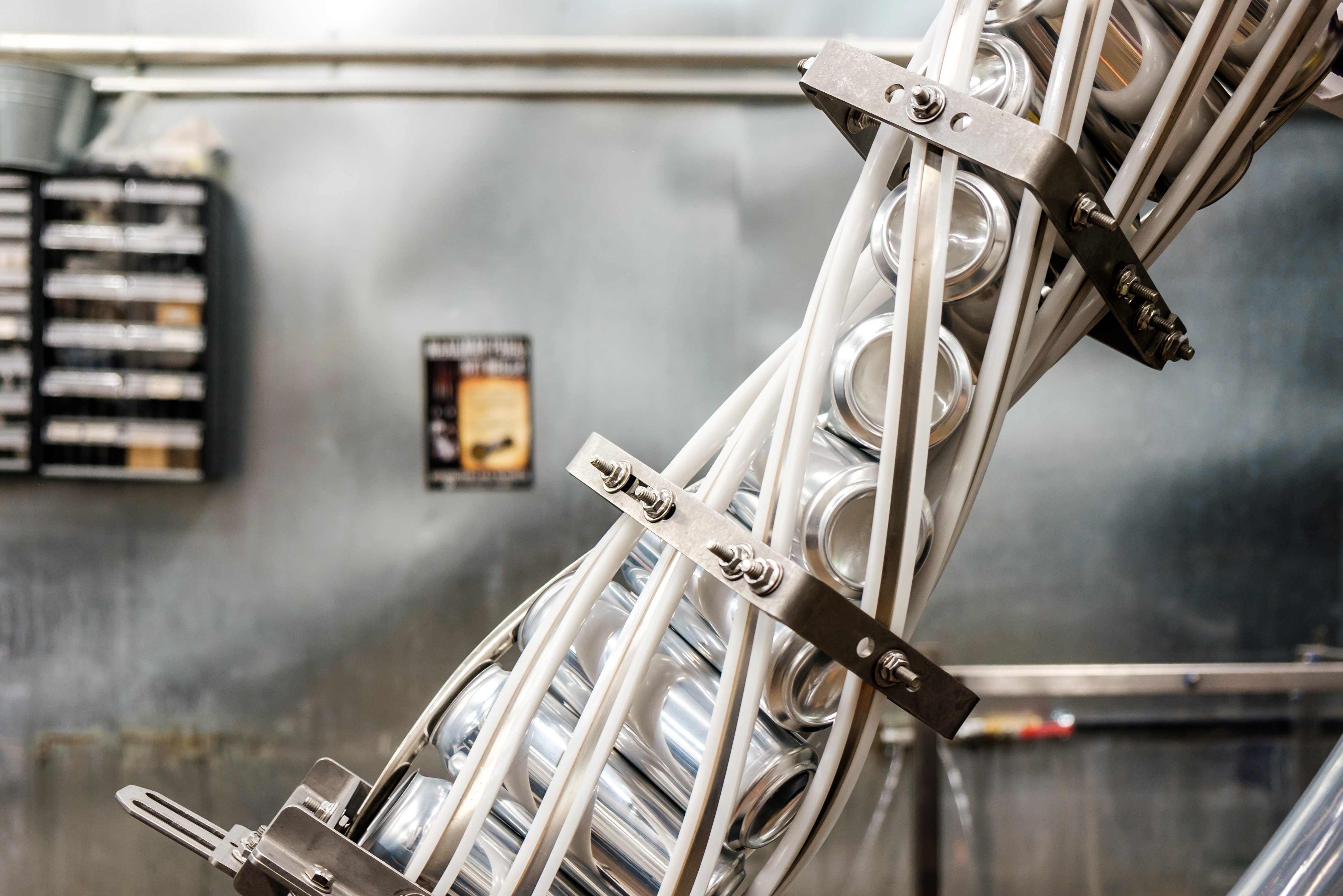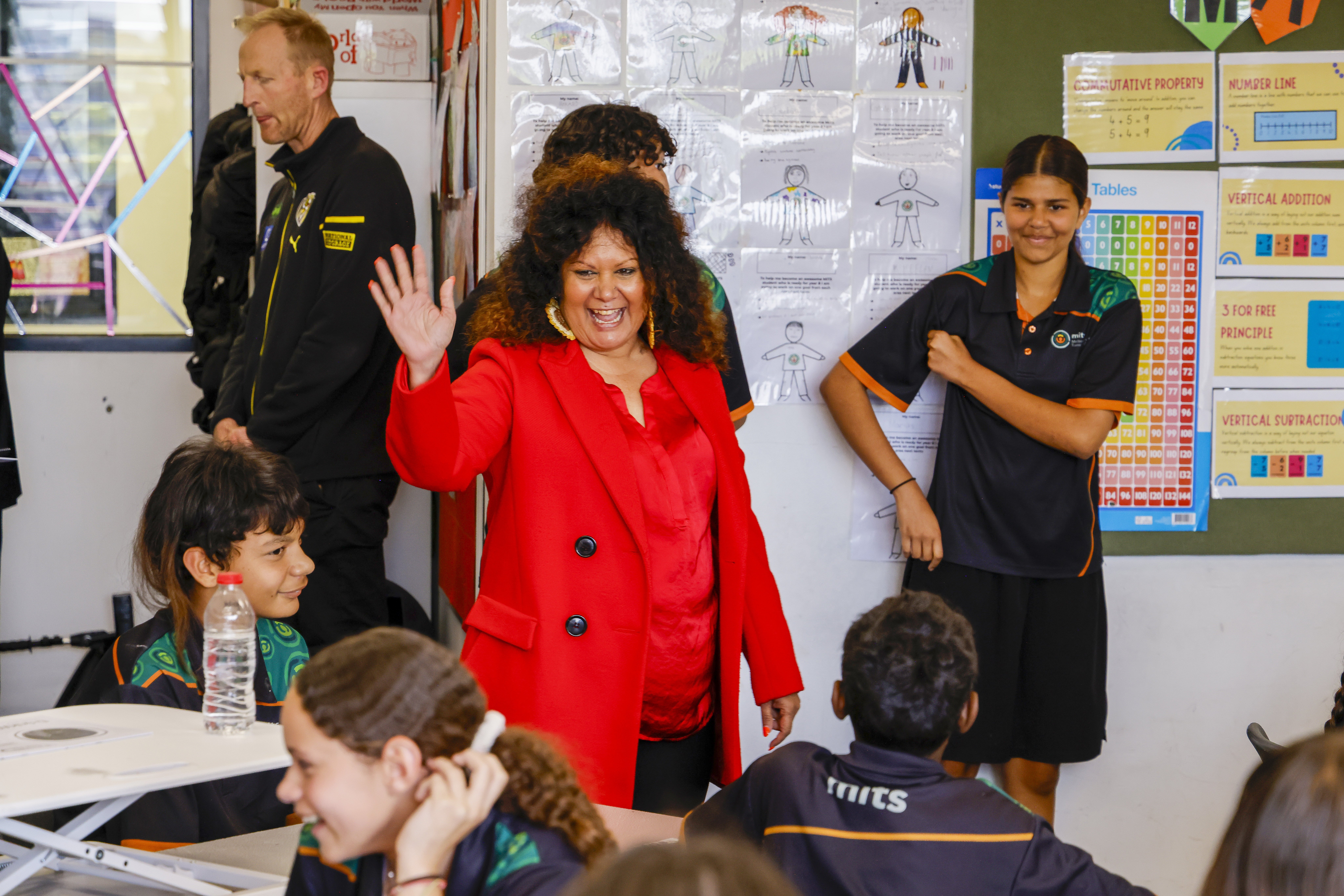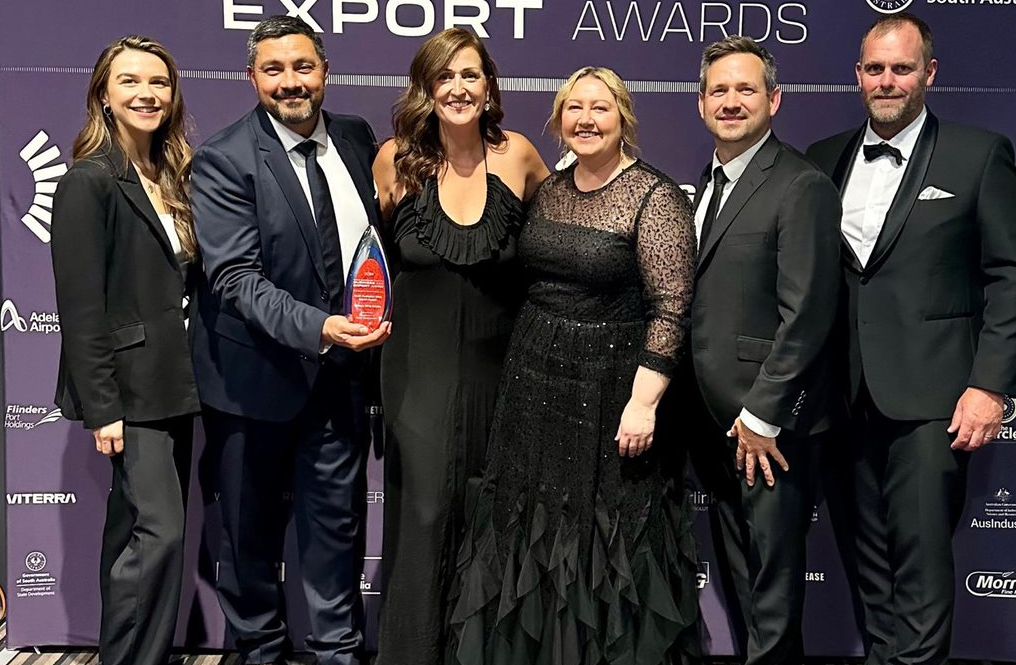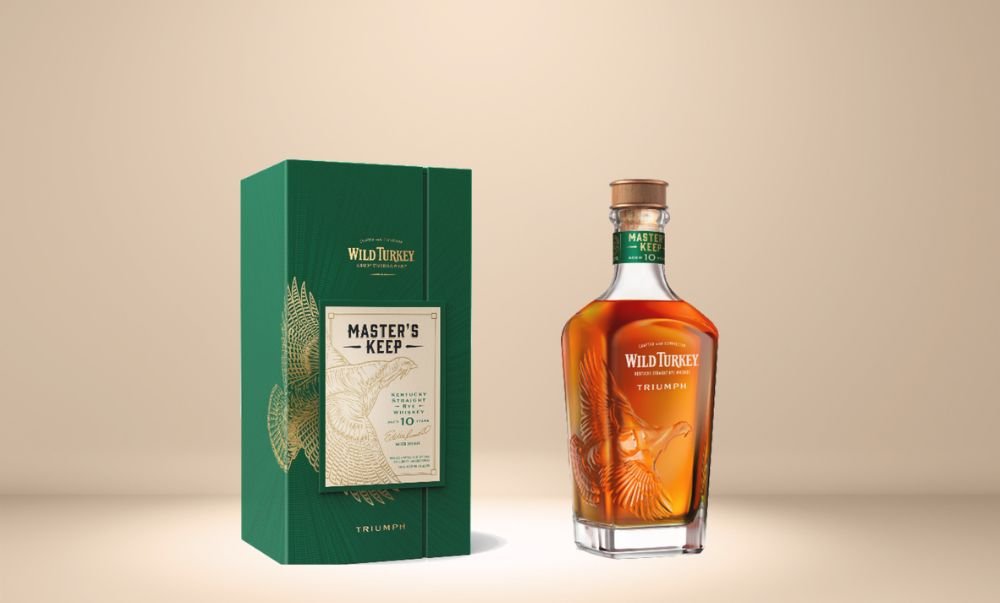Gender-based marketing is the latest buzz word in the wine world, with big players such as Constellation, Accolade and Treasury Wine Estates creating brands designed to appeal to specific sexes.
Constellation recently released two vastly different ranges into the US market: Ravage for men and the Callie Collection for women.
Ravage is a red wine brand featuring horseback-riding knights on the label; while the Callie Collection is named after the California coast and has a bright purple, floral label.
Marketing for Ravage focusses on machismo, with its website noting: "Ravage Cabernet Sauvignon and Red Wine Blend are smooth, bold, and audacious red wines designed to push your sensory limits to the edge."
(Interestingly, the Ravage winemaker is a woman, Bryce Willingham, pictured above.)
The marketing campaign for Callie, on the other hand, features four women in a backyard, spreading a picnic blanket on the grass near a pool.
“We wanted to celebrate the moments that women spend with their girlfriends ... because every woman can connect with that emotion,” Paige Guzman, director of wine innovation at Constellation Brands, told The Wall Street Journal.
The move towards gender-based wine in the US has been sparked by women making up 56% of all wine drinkers in the country, with women between the ages of 22 and 30 making up 66% of high-frequency wine consumers in that age group, according to the Wine Market Council.
Meanwhile, in Australia, Accolade Wines claims 74% of wine drinkers between 25 and 34 years old are women. So it's released a pink sauvignon blanc called Ta_Ku.
Treasury Wine Estate is testing the waters too, releasing the red wine label The Stag targeting men; and Truvee for women.
Truvee was developed in Australia by all-female TWE team to appeal to women aged in their 30s. It's being marketed in Australia initially before being rolled out globally, with female teams in North America and Europe also taking ownership of the brand.
Treasury chief executive Michael Clarke admitted to news.com.au that the gender based approach may sway men from purchasing Truvee in-store: "They might not necessarily go and buy it. Their partners will buy it, and they (the men) will help drink it."
Sharon Forbes, a senior lecturer in marketing at Lincoln University in New Zealand, has a different view. She said female-focused brands could lose out on sales if a woman is looking to share with her husband, for example, as she may decide to purchase a bottle with a more neutral label.
“This is clearly a growing market segment and so you have to say that the strategy is a good one,” Forbes said. “But it is also probably a strategy that is difficult to get right. It is possible that many women might think that a wine designed for females only is somehow inferior.”
Bucking the trend, however, is the growing popularity of rosé with both sexes. Traditionally seen as a "feminine" wine, millennials have embraced the varietal, with the hashtag "brosé" trending on Instagram.
“Rosé is kind of like online dating,” actor Sam Daly told Details magazine. “What was once a faux pas has become the norm. It’s totally become universally accepted among men and women. It’s kind of like the beer of wine."
The reason? While its pink hue suggests it's sweet and girly, a good rose is a wonderful thing.
Peter Nixon, Business Manager of Fine Wine at Dan Murphy's Australia, told The Huffington Post Australia: "I’m going to predict within the next 10 years rosé will outsell white wine in Australia. I think more and more people will drink rosé, as it suits our lifestyle. For Australians, who like to drink wine as an aperitif, with or without food - which is less common in Europe - it's ideal.
"There is a certain style which is really taking off, which is pale and fresh. That's where the action is. Sometimes they are a copper pink or a very pale pink, and are generally very dry or off-dry."
Share the content










